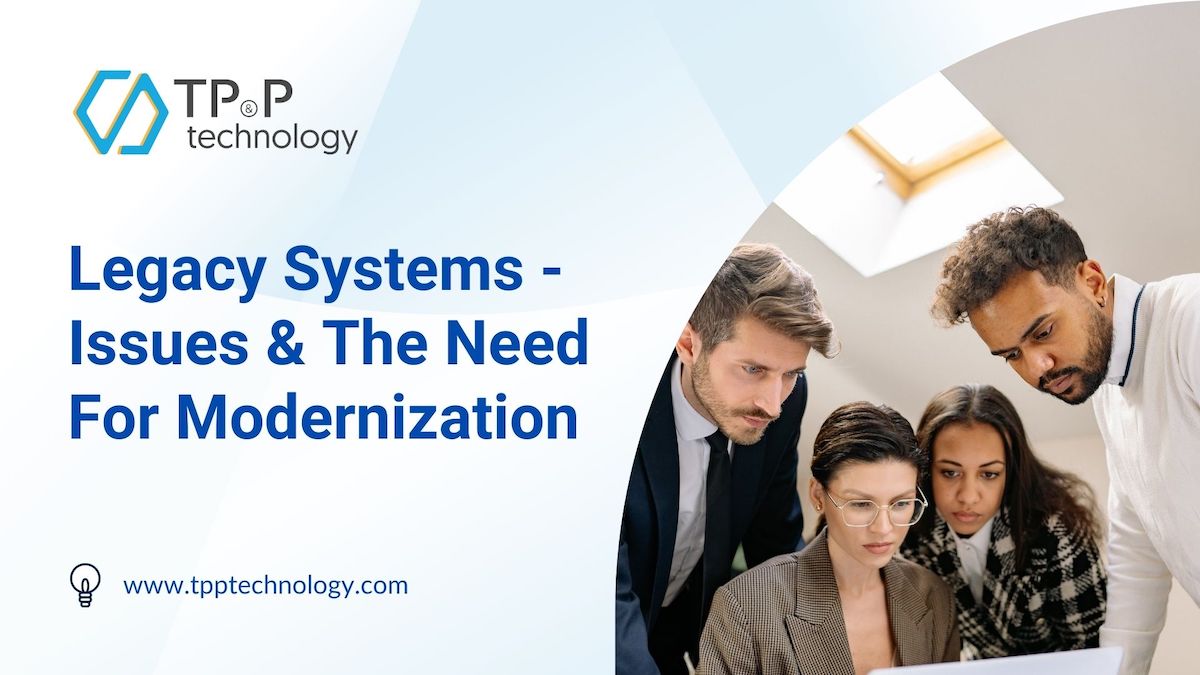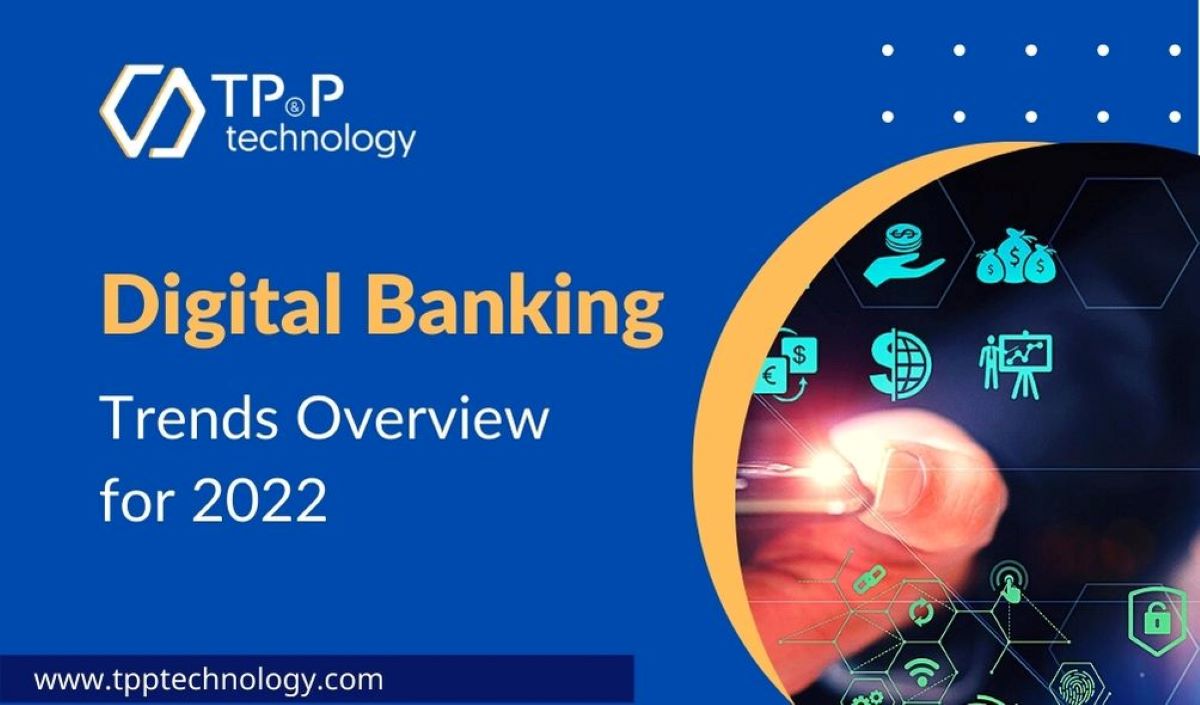
Legacy Systems — Issues and The Need For Modernization
What is legacy software? In its simplest sense, the legacy systems comprise outdated software and other obsolete technologies that are still in use by business organizations for their operations. These tools and technologies are built into the structure and operation of the organization, and neither the employees nor the business leaders intend to replace the tool with an improved one due to the inter-dependencies between the systems, among other reasons.
In fact, maintaining old legacy software systems may take up a lot of time and resources - and the real benefits of using those systems seem to be in replacing them.
There are a lot of reasons why organizations continue to rely on obsolete systems for business operations. Many companies actually spent a lot of effort and resources on maintaining their legacy systems. In addition, they often hesitate to learn and adopt new software tools that are new and unfamiliar. Many times, the system seems to be difficult to replace or even irreplaceable.
Still, as a business leader, these reasons should not deter you from considering adopting new software. This is because of the fact that it could be better to modernize or replace outdated systems, especially when taking into account the costs vs. benefits of modernizing.
Risks of Operating on Legacy Systems
- Expensive Maintenance
Many business leaders find software upgrades and/or modernization too expensive. In fact, it is often a cheaper solution than maintaining outdated software. Legacy systems require extensive maintenance and you will find that the cost of maintaining them is actually considerably high - and more expensive than just upgrading software and hardware.
Also, even when businesses can afford to spend money on their legacy systems, those systems will not bring the results and quality level offered by the newer software. This translates to a potential waste of investment in technology that doesn’t meet the standards needed.
- Inefficiency
As a matter of fact, legacy systems are often clunky and inefficient. Long loading and processing times, delays, and more - are often the hallmarks of these systems. While these may be solid solutions in the past, they did slow down over time. And software vendors no longer support these systems with new releases or updates, there are no effective ways to address such issues, thereby making vain efforts to reduce them.
Despite years of use and knowing the ins and outs, this technology will continue to slow down and disappoint employees in all areas.
- Incompatibility
Most business organizations use and operate a different number of technologies, and some systems are newer and more advanced than others. Thus, when trying to integrate the old systems with the new ones, a variety of problems will certainly arise.
Newer software and obsolete software do not integrate well, and because of these inconsistencies, you will probably find that you switch between applications more than you would otherwise - in comparison to modern models that offer a wider range of features that support a seamless workflow instead.
Furthermore, due to incompatibility, businesses would find themselves operating in silos where data reside across different places with no centralized location for ease of access and accuracy.
This is especially problematic for organizations of all sizes. Again, this means that employees have to switch between many different applications to find the information they need, while many modern systems like an ERP can store all these data in one central place. This is a huge waste of time and decreases productivity.
- Lack of Support
Depending on their lifetime, many outdated software systems will no longer be supported by the vendors as they are not available for purchase on the marketplace anymore. If you have any questions or issues when using the software, the supplier won't be able to help you fix such errors. You may still get support from the community or third-party vendors, but as the technology ages, this becomes harder and harder.
- Compliance
Organizations must comply with the regulations and rules set by the market they operate. The General Data Protection Regulation (GDPR), KYC (Know Your Customer) and AML (Anti Money Laundering), HIIPA, etc. are a few examples that lead businesses to upgrade or replace their legacy systems to ensure compliance. If your company is still relying on outdated technology, it can be difficult to comply with new regulations given that older systems were built without considering those compliance requirements.
What's The Solution?
The simple answer seems to be to replace the old system, but business leaders know that it can be difficult to do so.
First, carefully review your technology and software applications portfolio, including hardware and infrastructure. Consider the total duration that different software systems have been running and how often they need to be fixed. Ask staff how they are used and what pain they cause.
You need to build a priority list based on which system is causing the most problems and which latest technology can solve them. You may need to hire IT experts from an external agency to help you keep your technology up to date, including qualified software outsourcing companies that can help.
There are many benefits of upgrading outdated systems including lower cost, better security protection, enhanced efficiency, the ability to integrate with other software, and better available support. Thus, it's important to take action now before it's too late and the modernizing costs become even more expensive.



